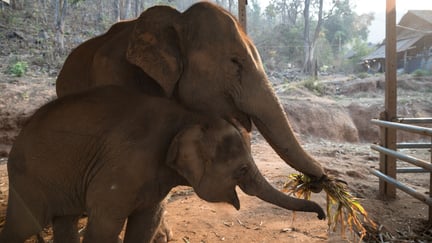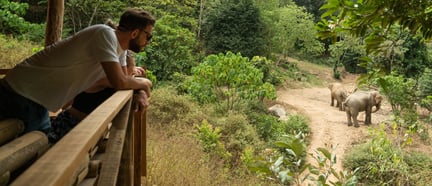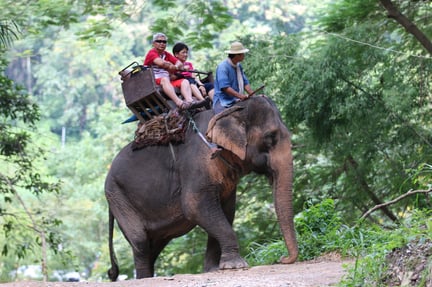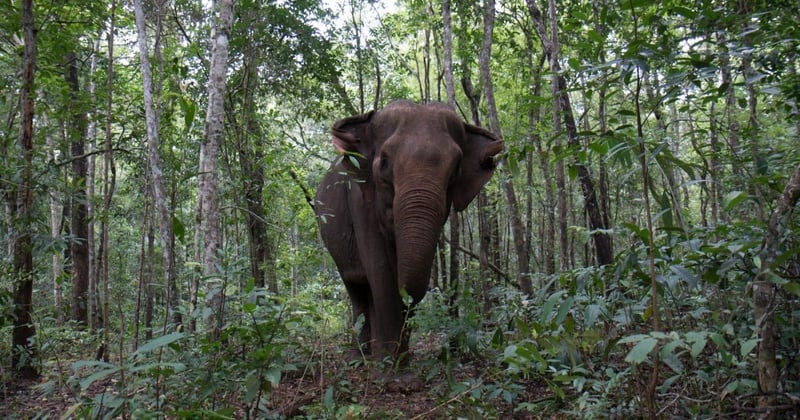
Elephants in crisis: Tourism decline and the future of captive elephants
Blog
Captive elephants are deeply ingrained in the tourist industry. Despite the fundamental ethical concerns of using elephants in tourism, it can be very profitable, and in normal times pays for their upkeep. But what if tourists stop coming all together?
This blog was written by Dr. Jan Schmidt-Burbach, our Global Head of Wildlife Research and Animal Welfare.
The devastating impact of COVID-19 on elephant tourism
While the world was struggling with the COVID-19 pandemic, human movement was restricted and severely impacting the travel industry. International flights were being cut down by over 50%, hotels and service industries were struggling, and holiday destinations no longer saw any tourists.
Thailand was hit especially hard, with many tourist attractions empty. In turn, the tourism camps where elephants are kept shut down, laid off thousands of staff, and struggled to care for over 2,000 elephants.
With such an urgent need for help – many were left wondering just how this came to this in the first place?
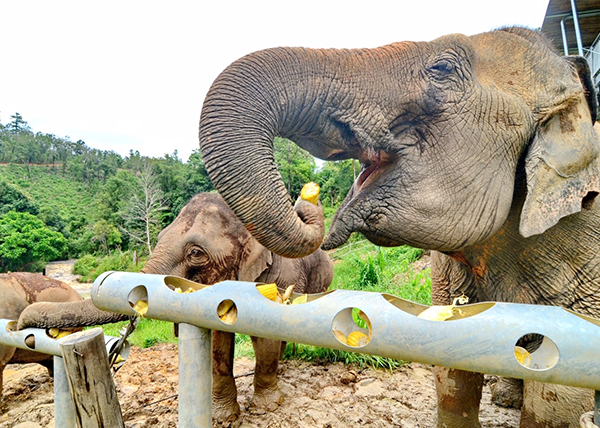
Beyond the pandemic: The origins of captive-elephant tourism
Over 30 years ago, the elephant tourism industry was promoted as an alternative use for logging elephants. However, as we have revealed due to rampant breeding for commercial tourism we see more of these captive goliaths today than in the 1990s after the logging ban.
Elephants are ill-suited for a life in the tourism industry. Their size, strength, intelligence and emotions results in inhumane management practices, such as chaining, cruel training and harsh punishment so they could entertain the flock of worldwide visitors who were coming to see them.
The risk to tourists
But there are risks for visitors, too. Elephants can contract tuberculosis from humans and can spread the disease to uninfected people through close contact. Just two years ago, ten tourism elephants at Amer Fort in India tested positive for tuberculosis. Reliable screening for tuberculosis is rare or inaccurate, so the actual health risks is hard to predict, but the results can have grave consequences.
There may be other diseases, too. It’s believed that about 70% of emerging zoonotic infectious diseases originate from wild animals and being in close proximity with humans elevates the risk of infection. If the COVID-19 pandemic proved one thing, it is that we all should steer clear of handling wild animals.
The dangers for elephant keepers
Placing complex, intelligent and endangered animals such as elephants at the whim of a commercial industry vulnerable to economic fluctuations is unacceptable, inhumane and affects people too. Mahouts, the caretakers of elephants, are often disadvantaged through low-pay and high-risk employment. Our research has shown that over one third of mahouts have minimal financial savings, and receive minimum wage, while bearing significant risks of serious, sometimes fatal, injuries through elephants.
Are there ethical alternatives to elephant rides?
For years, World Animal Protection and many others have been advocating for a phasing out of elephant tourism. By preventing captive breeding, reducing the tourism demand, and strict prevention of poaching, this generation of animals should be the last one suffering in captivity.
A gradual phase-out will enable their owners and others to shift to other livelihoods, preserve traditions without relying on cruelty and to focus all efforts on protecting these beautiful creatures where they belong – in the wild.
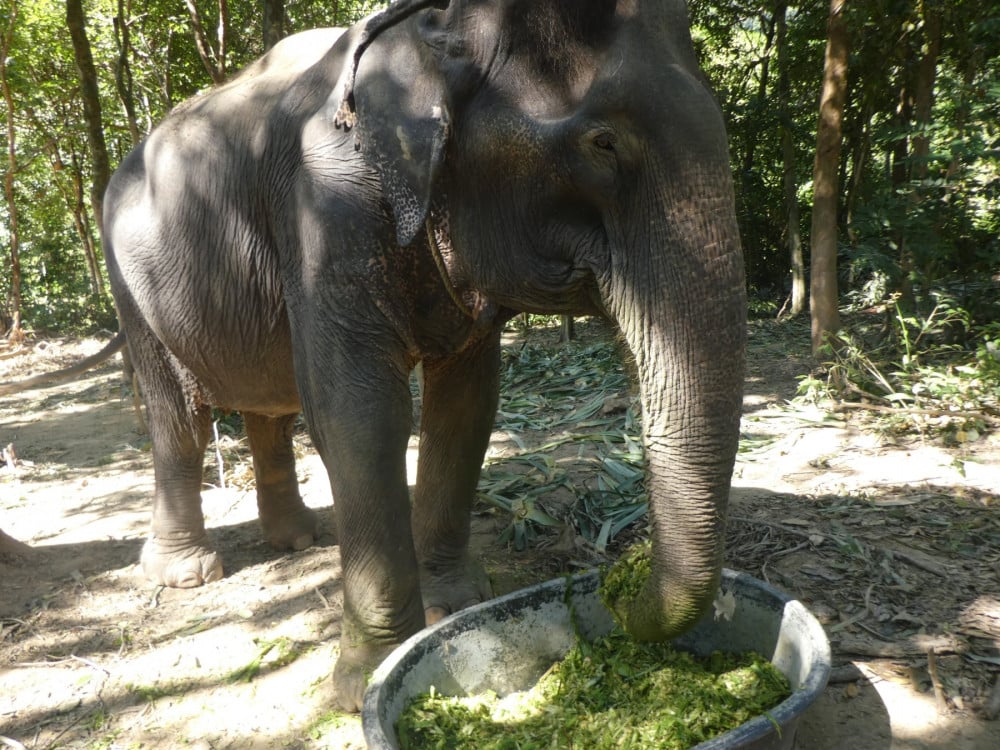
Taking Action: Supporting a brighter future for captive elephants
Elephants should not suffer because of an industry that prioritised financial gain over regard for the animals. World Animal Protection will step in to help, as we have in the past, but we need to see the development of robust policies to reduce the number of captive elephants, enabling better care for the ones remaining in captivity and focusing on their protection in the wild.
